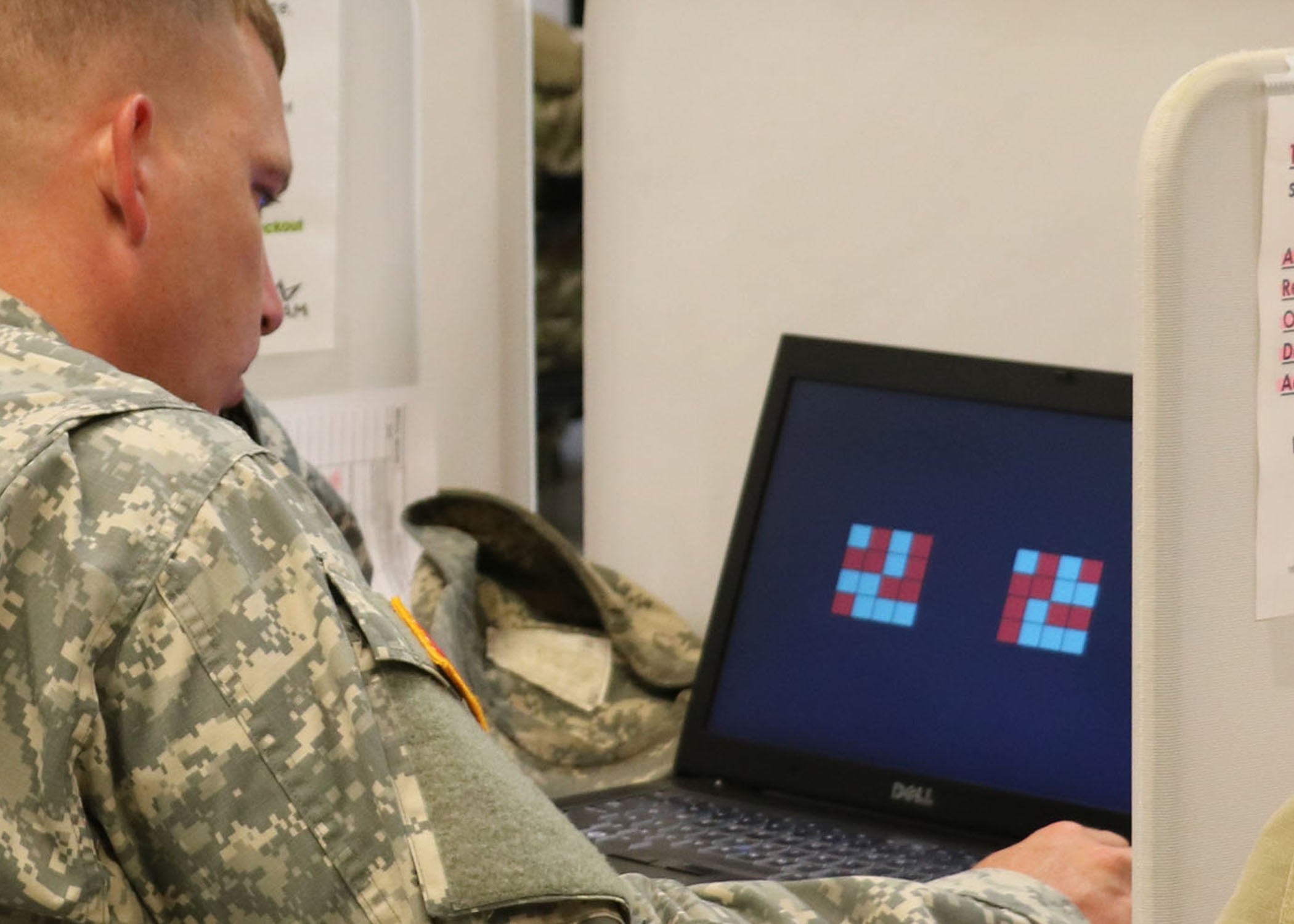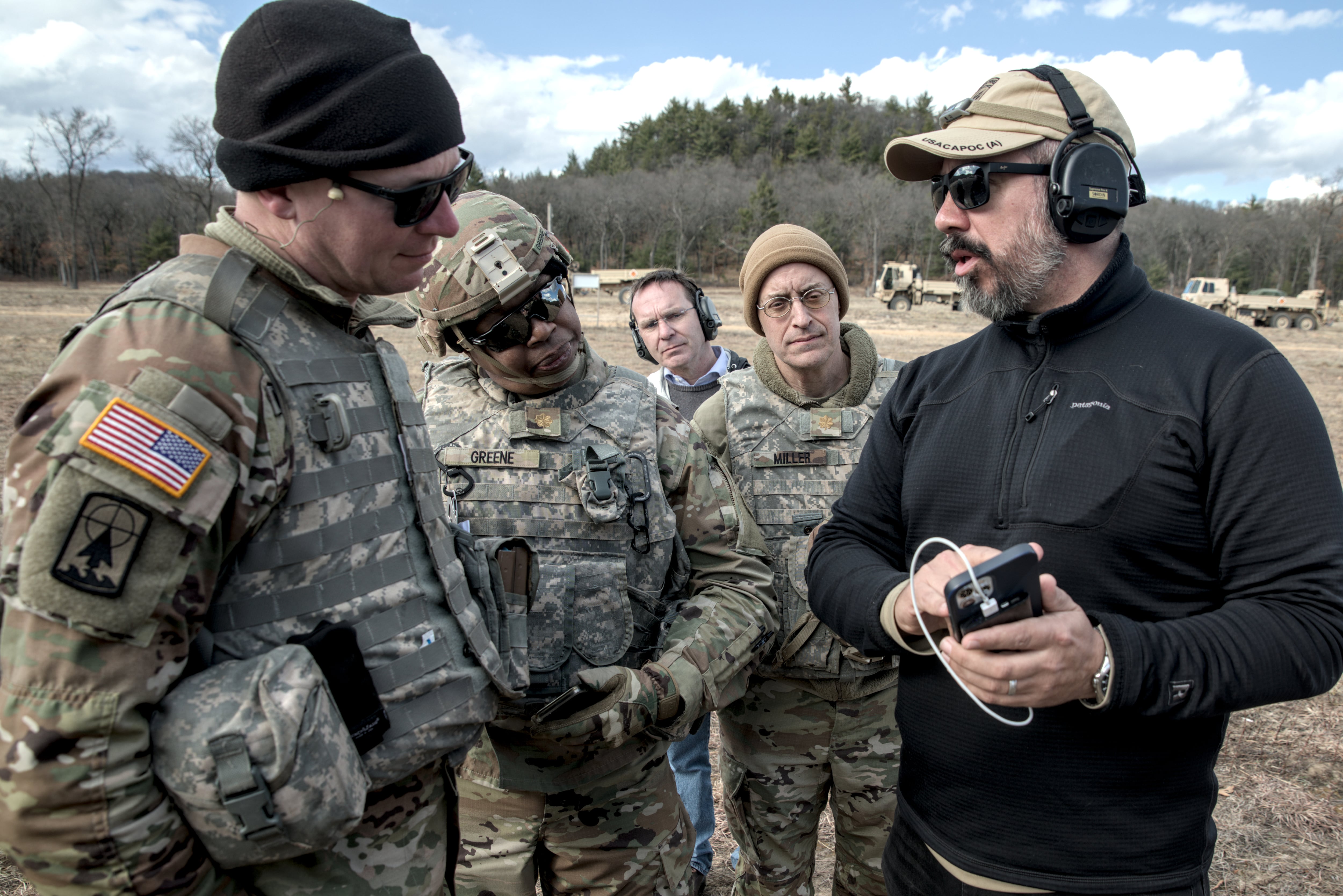The Army will begin conducting a cognitive assessment for a baseline measurement of brain health to measure the effects of any future trauma for all new soldiers at basic training and cadets before they are commissioned.
Secretary of the Army Christine Wormuth referenced the new program, which will begin in June, during budget testimony before the Senate Armed Services Committee on Thursday.
Sen. Angus King, I-Maine, asked Wormuth what the service was doing to measure soldiers’ brain health following exposures to blasts citing the case of Sgt. 1st Class Robert Card, an Army reservist who killed 18 people in a mass shooting in Lewiston, Maine in October.
Card served as an instructor at an Army hand grenade training range. An autopsy of his brain showed evidence of Traumatic Brain Injury, an injury linked with concussions and blast exposure.
“We had a tragedy here in Lewiston, Maine last year and it turns out the fellow was a munitions test instructor, he experienced blast after blast after blast,” King said. “Analysis of his brain indicated it was severely damaged.”
Wormuth told the senator that the Army would begin cognitive assessments of all new soldiers entering basic training in June.
Lt. Col. Randy Ready, spokesman for the Army’s Center for Initial Military Training, told Army Times the service will use the Automated Neuropsychological Assessment Metrics (ANAM) tool.
“All new soldiers going through basic training or One Unit Station Training (OSUT) will take the ANAM,” Ready wrote in an email response.
The ANAM assessment tool has been used on soldiers to measure pre- and post-deployment cognitive function since 2008.

It’s a computer-based assessment that takes about 20 minutes to complete and records neurological activity, such as attention, concentration, reaction time, memory, processing speed, and decision-making.
The assessment is used to collect baseline information on performance that can be used by medical professionals if the individual later has an injury affecting attention, memory or thinking ability, according to Army program description information.
In one section, users observe a picture on a screen for three seconds before it disappears. Then two pictures display on the screen and the user picks which one matches the previous image, according to an Army release.
In another section, a sequence is shown and the user must then determine the missing item in a subsequent sequence.
The results are not compared to other individuals’ results and are protected health information, which becomes part of a soldier’s permanent medical record, according to program information.
“If a service member or civilian is exposed to a concussive event, like an explosion, motor vehicle accident or serious fall, resulting in trauma to the head, their health care provider can request the ANAM data which can be used to measure differences,” Donald R. Thomas, a health systems specialist who oversaw assessments, said in a 2018 release.
Testing will begin at the four Army training centers located at Fort Jackson, South Carolina; Fort Moore, Georgia; Fort Leonard Wood, Missouri; and Fort Sill, Oklahoma in June.
The Army has approximately 101,700 trainees who go through basic training and OSUT annually.
A U.S. Army Cadet Command spokesman confirmed to Army Times that testing will begin for their cadets in June. A U.S. Military Academy at West Point spokeswoman said the assessments will be in place before the 2024-2025 academic school year.
The cadet command is on track to commission about 5,300 new second lieutenants this year. West Point brings in about 1,200 new cadets annually, officials said.
A bipartisan bill introduced on April 11 called the Blast Overpressure Safety Act would require all military branches to conduct a baseline cognitive assessment before recruits begin entry-level training.
Service members would then be tested at least once every three years, after deployment and when they begin out-processing from military service.
All troops would have a log for Traumatic Brain Injury diagnoses and blast exposure incidents, which mandates the services collect concussive-related injuries and any discharges that result from brain injuries.
The bill also calls on the services to lower the risk of blast exposure by revising high-risk training and operations and modifying weapons systems.
Wormuth also told Congress that the Army is looking at additional protective equipment, especially for instructors who are routinely exposed to blast pressure.
“We are looking into wearable gauges that would allow us to continually track what soldiers are being exposed to,” Wormuth said.

On April 9, a team of Wisconsin National Guard surgeons and civilian researchers, including Dr. Walter Carr with the Walter Reed Army Institute of Research, visited soldiers with the 120th Field Artillery Battalion and 105th Cavalry Squadron during training at Fort McCoy, Wisconsin, according to an Army release.
Carr works at the institute’s Center for Military Psychiatry and Neuroscience, Blast Induced Neurotrauma Branch.
His team observed the weapons firing to determine how they would be able to measure blast exposure and evaluate its effects on soldiers during routine training for a planned study.
Todd South has written about crime, courts, government and the military for multiple publications since 2004 and was named a 2014 Pulitzer finalist for a co-written project on witness intimidation. Todd is a Marine veteran of the Iraq War.




